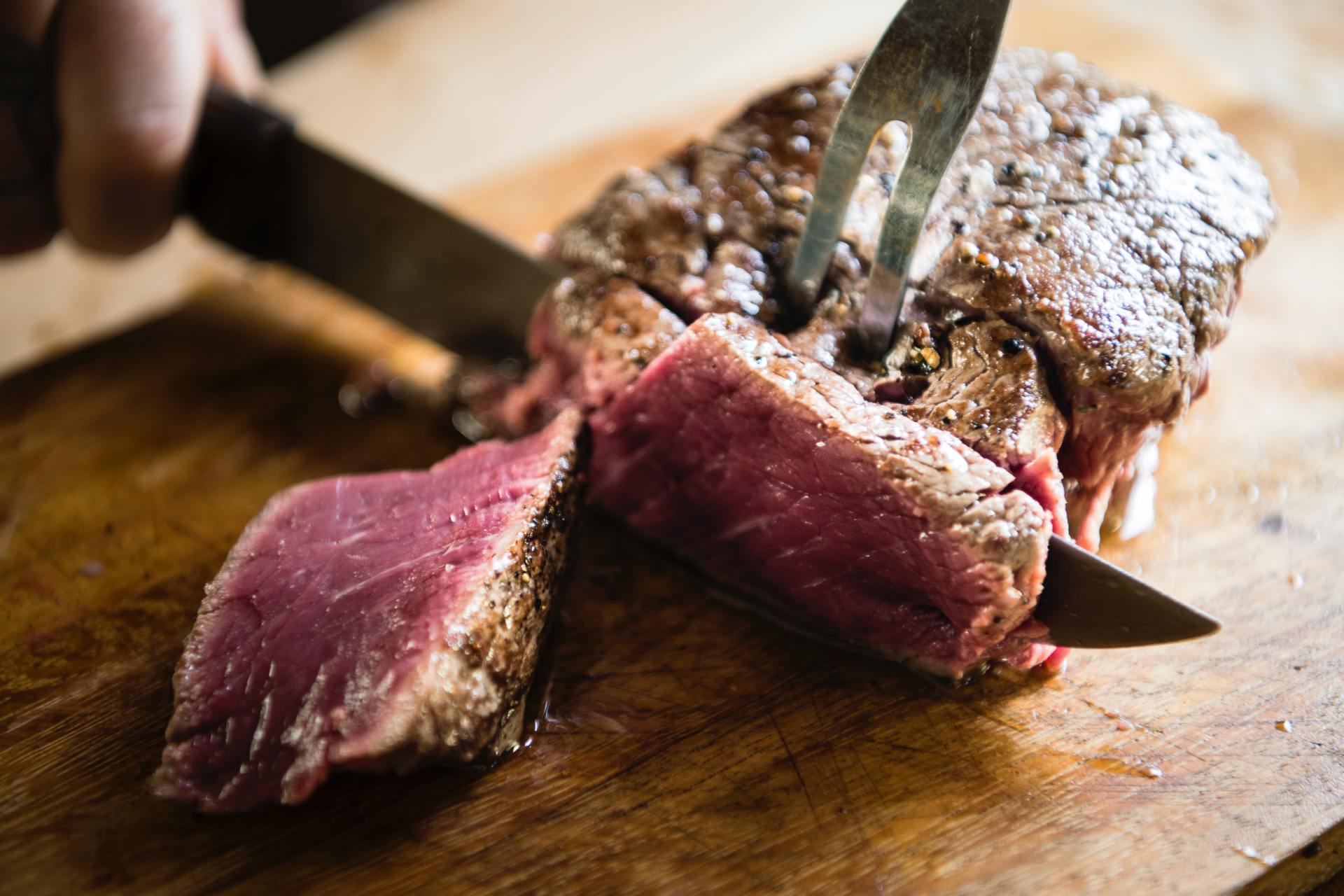1MG FlippingBooks
New QUT project serves authentic Australian beef to international consumers
Queensland University of Technology researchers and South Australian school students are working towards an international Food Agility CRC project that aims to stamp out “fake steak”.
Their mission is to create digital stories about Australian farmers and agriculture that can be shared with Chinese diners and shoppers. In doing so, they hope to create confidence with international suppliers and consumers about the authenticity of Australian beef.
Jock
McQueenie, a researcher and project coordinator from the QUT
Design Lab
says, “Ultimately,
we want to share the content the students create with audiences in China to
help promote the quality and authenticity of Australian beef.”
A delegation of Chinese chefs and restaurant
owners visited Mount Gambier in South Australia in an event hosted by QUT and BeefLedger
–
an industry-led project that brings together design, business, technology and
food research. The group toured the area’s cattle stations and feedlots and met
with the local year 10 students who are putting together stories about their
farms.
“During
the delegation's visit, the students got to interview the Chinese chefs about
their expectations of Australian beef. They’ve also been working with local
beef producers and visiting farms and feedlots to film and learn about digital
farming (AgTech), the Internet of Things and data analytics,” says Mr McQueenie.
The Food Agility CRC launched the project in
an effort to bring a
higher level of transparency to all segments of the supply chain. Food Agility
CEO Dr Mike Briers says food fraud is a growing concern as the demand for
Australian beef in markets such as China exceeds supply.
“‘Fake
steak’ is costing Australian producers millions, putting the health of
consumers at risk and damaging the Australian brand,” says Dr Briers. “Crypto-technologies
like blockchain create an unbreakable, immutable record, tracking a product
from paddock to plate, credentialing the provenance of the produce and giving
confidence to consumers.”
Earlier
this year, the first ever shipment of Australian blockchain-credentialed beef,
sourced from Blue Lake Station, arrived in China and was showcased at two
industry dinners.
Another shipment and dinner are planned for September.
Read
the latest update from QUT here.

















